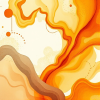Discover How Camera Positions Can Elevate Your AI Art and Generative AI Storytelling
- 17 minutes read - 3585 words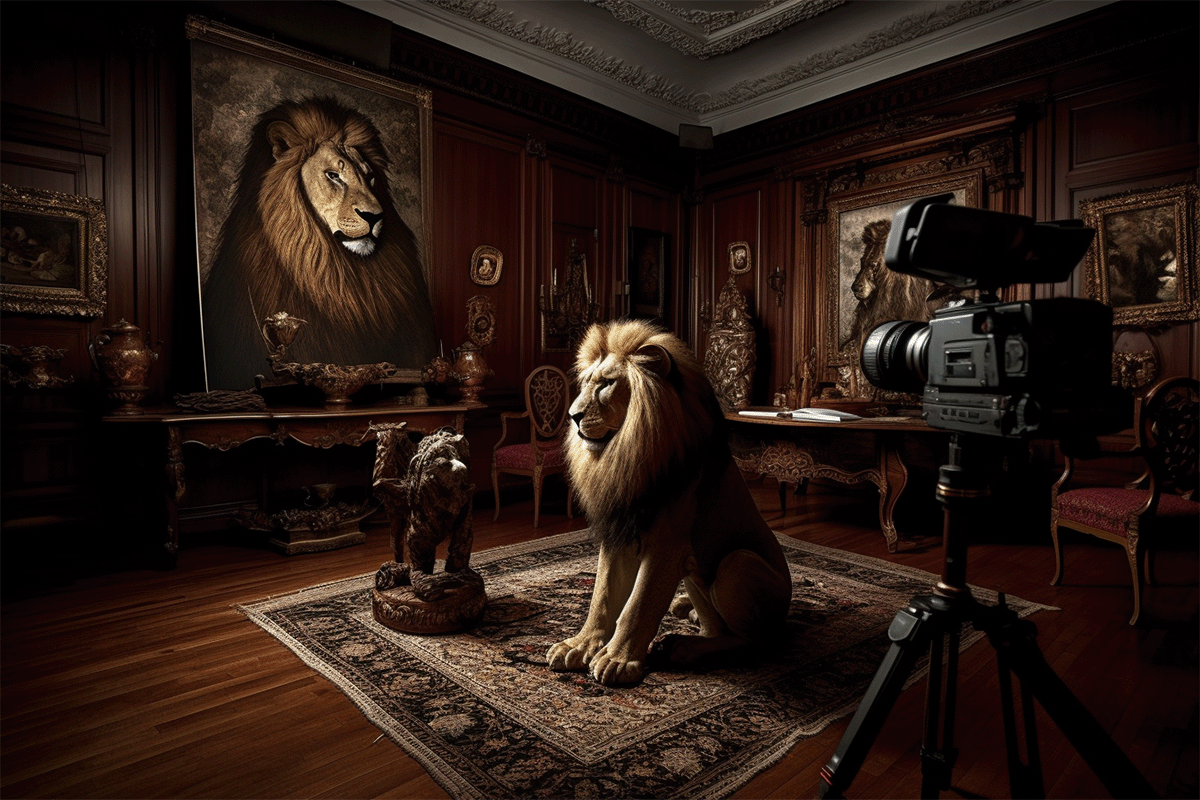
Table of Contents
In the world of AI-generated art and storytelling, incorporating camera positions / camera angles can significantly enhance the visual impact and emotional resonance of your creations.
By understanding and experimenting with various camera positions, you can effectively use them to express emotions and support your narrative.
This guide explores the different camera positions used in cinematography, their effects on storytelling, and how to adapt them for AI Art and Generative AI platforms like Midjourney, Stable Diffusion, and Dalle-2 or Dall-E-3 . From eye-level shots to extreme close-ups, you’ll learn how to develop prompts and create powerful visuals that capture the essence of your story.
How to use Camera Positions / Camera Angles
Just include the camera position in your text prompt and experiment with the results, like:
- cinematic scene - eye level shot: a couple is looking over the beach, eye level shot
- low angle steadycam shot of a car front on a highway, southern west of USA, cinematography, still, very detailled, sharp
Developing prompts
Prompt engineering approach for camera angle and camera position prompts used in this blog post can be found here .
Versions used
For Midjourney , version 5 was employed, for Midjourney v6 . Midjourney v5 has good language understanding capabilities that makes Midjourney an ideal tool for prompt engineering.
Meanwhile, for Stable Diffusion SDXL was utilized, using the Cinematic style. For Stable Diffusion 3 (Stability AI Core) Stable diffusion camera position prompts , and Stable Diffusion 3 Ultra prompts .
Which Camera Positions / Angles do exist?
Eye level
When the camera is placed at the same level as the subject’s eyes, a non-obtrusive and unobtrusive shot is created.
In narrative film and television, eye level shots can be utilized to make the audience feel closer to the characters by making them feel as though they are gazing them in the eyes. This perspective has the potential to effectively evoke sympathy and communicate the characters’ inner lives and motivations.
It’s worth noting that, depending on the context, eye-level shots may not be the most engaging or effective choice of camera angle. However, they can be a great way to make the story feel more authentic and engage the audience.
Base prompt:
cinematic scene - eye level shot: a couple is looking over the beach, eye level shot
With Midjourney:
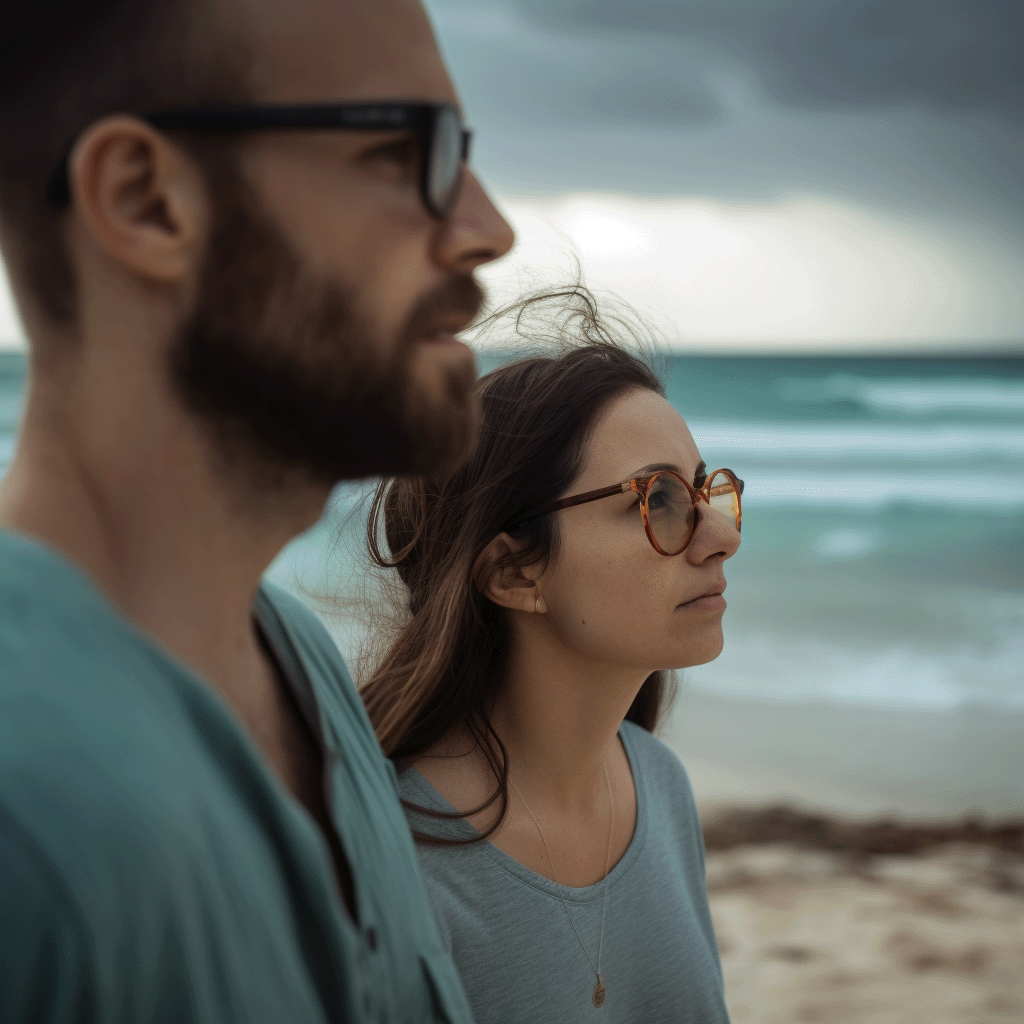
With Stable Diffusion:
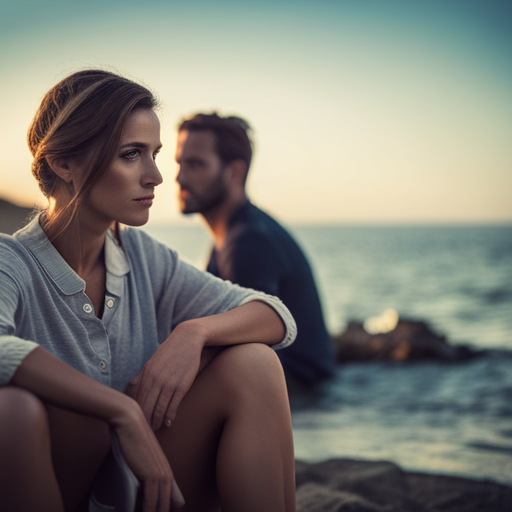
Emotional keywords: closeness, sympathy, authenticity, engagement, inner lives, and motivations.
High angle
When shooting from a high angle, the camera is above the subject and points down at them. This may leave the person feeling either strong or defenseless.
To convey strength and dignity, the camera could pan up to show an individual standing on a mountainside or looking down from a tall building. On the other hand, if a person is laying on the ground or has been knocked to the ground from a high vantage point, it may make them seem weak and defenseless.
Shots from above may be employed to great effect in all sorts of different genres, from drama and action to comedy, and they help to portray the character’s feelings and the overall tone of the scene. The audience’s reaction to the shot and its effect on the film’s mood and message are both factors that must be taken into account.
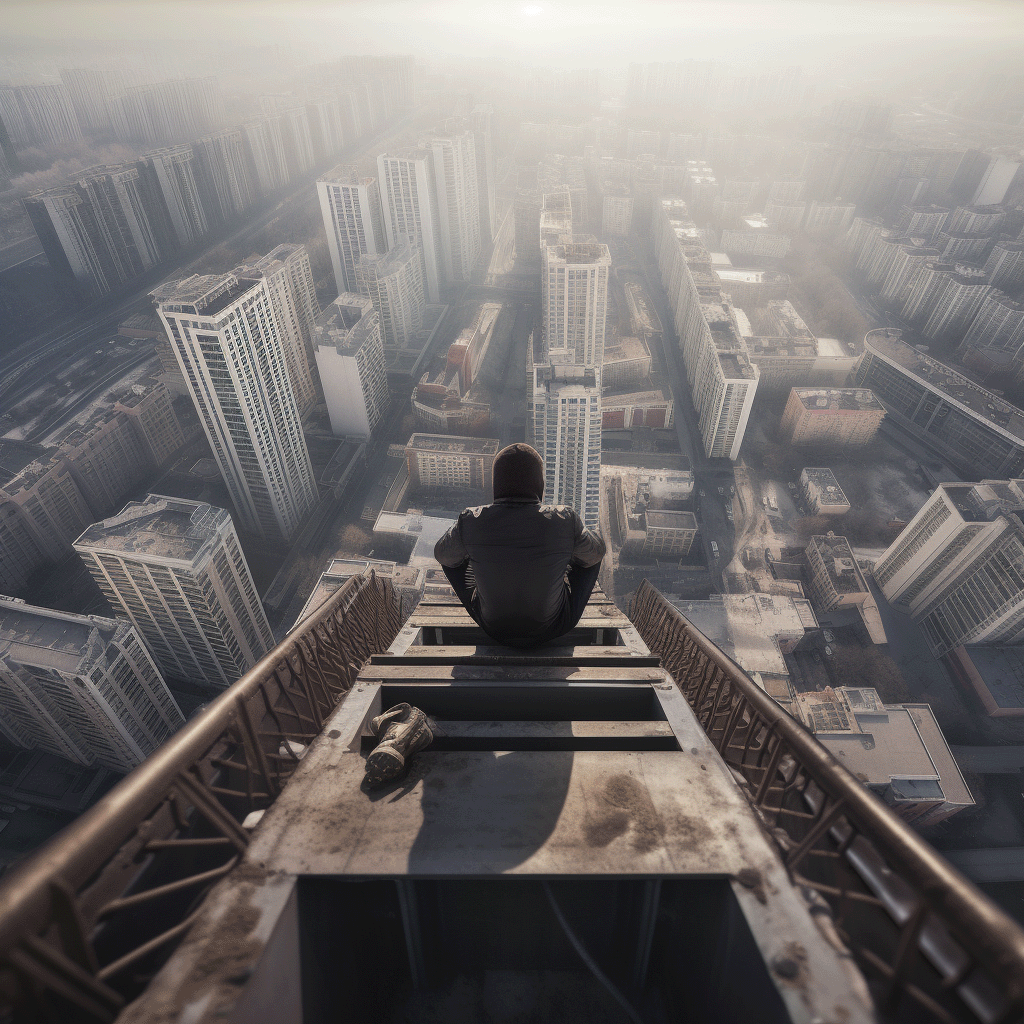
Base prompt - 1 :
cinematic scene - high angle shot: a bird flies over the beach
With Midjourney:
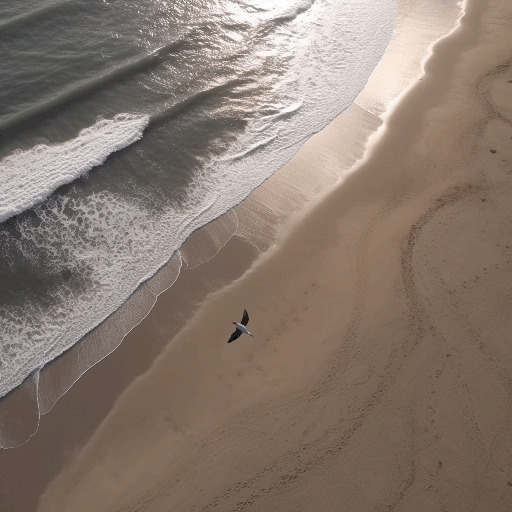
Base prompt - 2 :
cinematic scene - from above: a bird flies over the beach
With Midjourney:
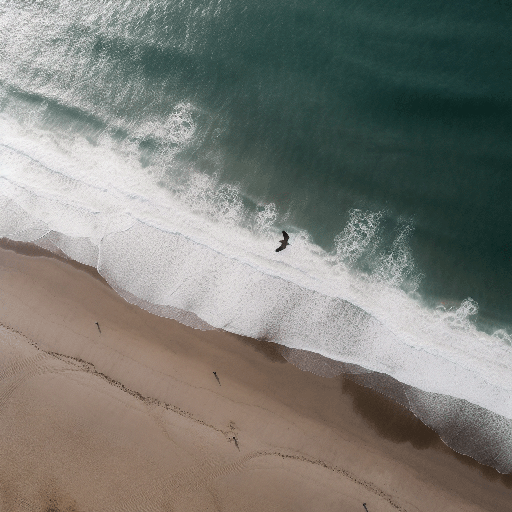
Emotional keywords: strength, dignity, defenselessness, weakness, mood, message, drama, action, comedy, and character feelings.
Low angle
When shooting at a low angle, the camera is positioned below the subject and points upward. This can give the individual a sense of superiority.
The use of a low camera angle can make the subject seem more dangerous and imposing, which is useful for conveying a sense of tension or conflict. Because they can make the subject seem more monumental and majestic, they can also be employed to instill a sense of awe and amazement in the viewer.
Different subjects and settings call for different kinds of low angle pictures, therefore it’s crucial to think about the overall tone of the situation before attempting one. Drama, action, and horror are just a few examples of genres that might benefit from low angle shots, which are a great tool for portraying the scene’s emotions and atmosphere.
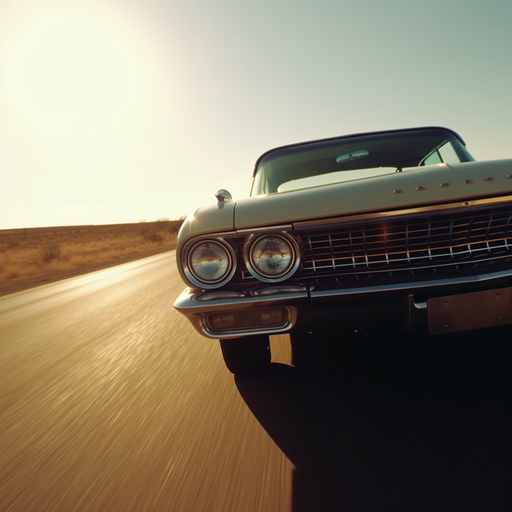
Base Prompt, Low Angle combined with steadicam:
low angle steadycam shot of a car front on a highway, southern west of USA, cinematography, still, very detailled, sharp
With Midjourney:
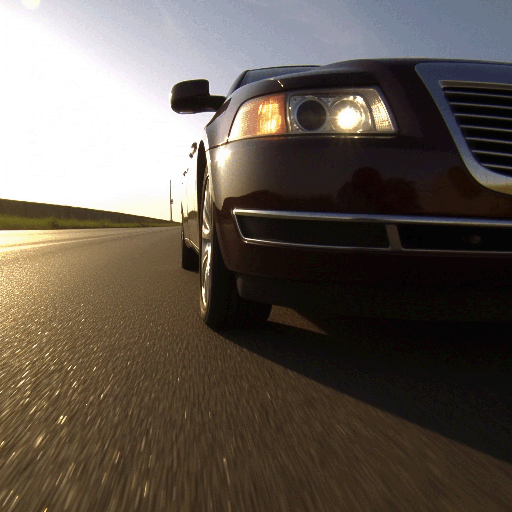
With Stable Diffusion:
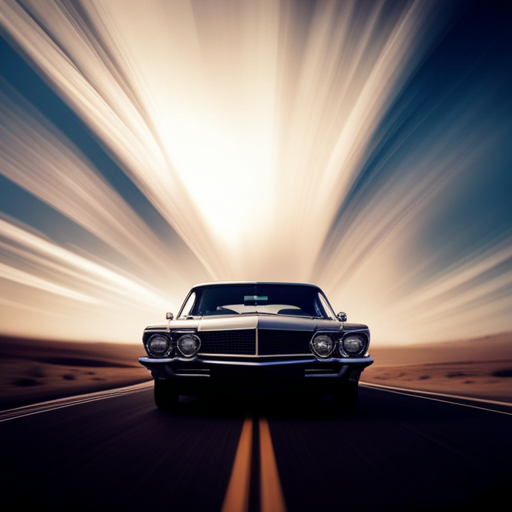
Emotional keywords: superiority, tension, conflict, awe, amazement, drama, action, horror, and atmosphere.
Over the shoulder
The camera is placed behind the subject’s shoulder, peering over their shoulder at what’s happening in the front. For the purposes of showing the subject’s reactions during discourse, this is a common technique.
In addition to establishing a sense of the actors’ physical proximity to one another, over-the-shoulder shots can also be used to effectively depict one character’s reaction to the actions of another. A character’s point of view can be shown in this way, allowing the reader to empathize with that person and become more invested in the story.
When using over-the-shoulder images, it’s crucial to think about the camera’s angle and distance from the subject, as these factors can have a huge impact on the shot’s impact. The emotional and interpersonal dynamics of a film’s characters can be effectively conveyed through the use of over-the-shoulder shots, which are effective in a wide range of genres.
Base prompt:
cinematic scene - over the shoulder: a couple is looking over the beach –v 5
Works with Midjourney:
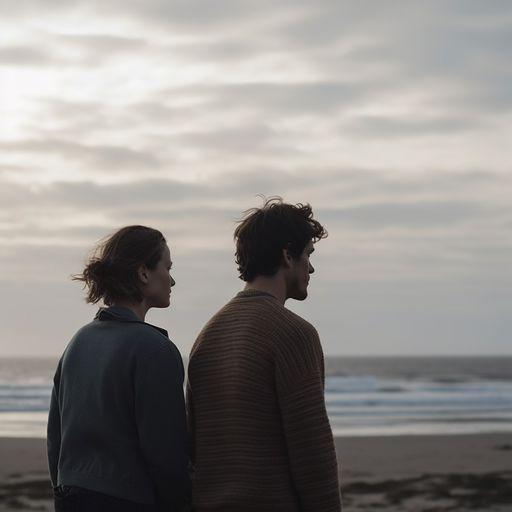
Also works with Stable Diffusion using the Cinmatic style and SDXL model.
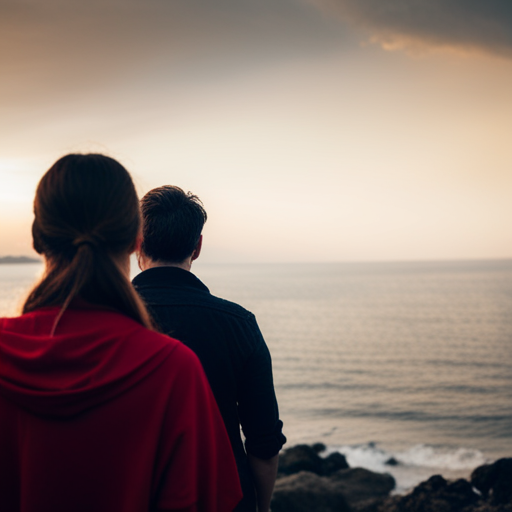
Emotional keywords: intimacy, empathy, investment, impact, and effectiveness.
Dolly shot
The camera is moved towards or away from the subject while mounted on a dolly, a tiny platform with wheels. This can be used to make the viewer feel as though they are moving along with the subject or into the background, respectively.
The pace and direction of a dolly shot’s movement provide for a wide range of creative possibilities. A dolly shot going toward the subject might imply closeness and intimacy, whereas a dolly shot moving away from the subject can suggest distance and isolation.
Dolly shots are a valuable tool for producing motion and conveying the emotions and mood of a scene, and they may be utilized in a wide variety of genres, from drama and action to humor. Different effects can be achieved using dolly shots by changing the camera’s angle or distance from the subject.
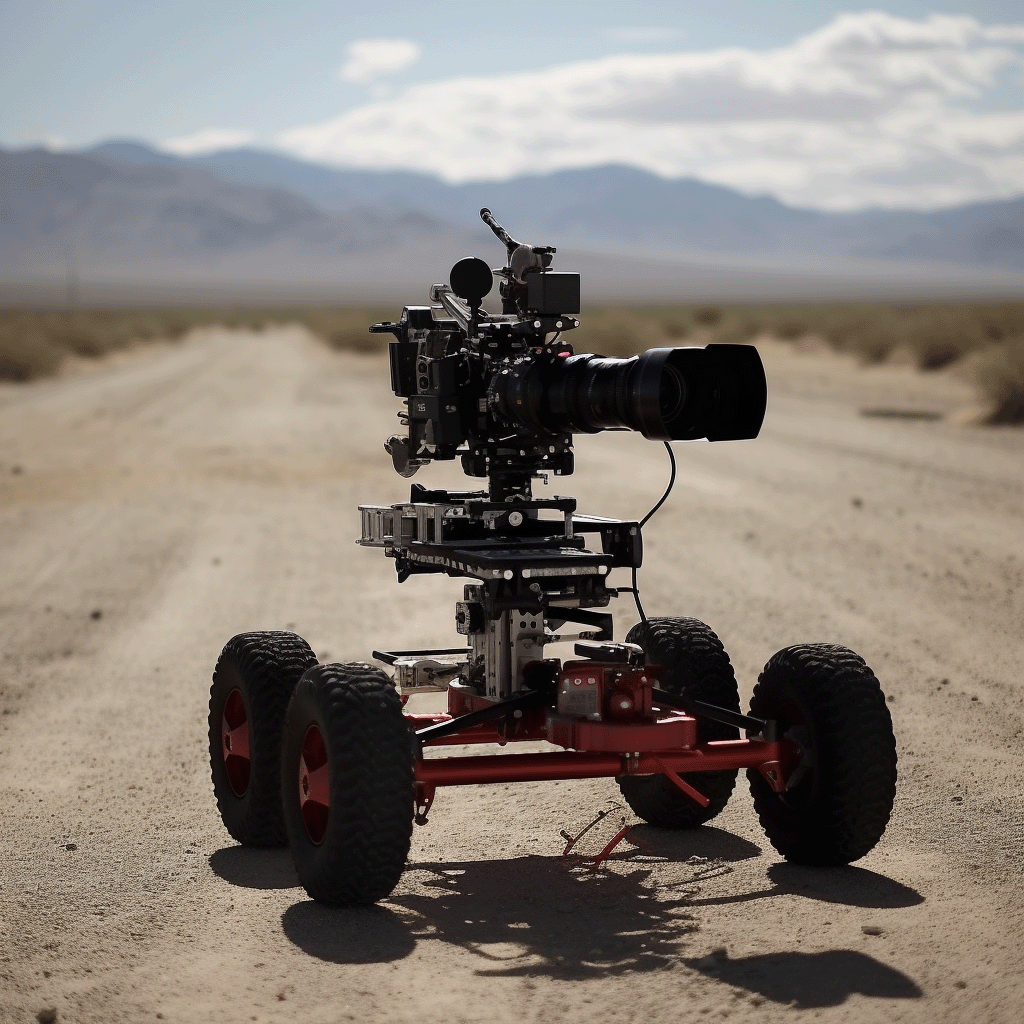
Base Prompt:
Cinematic scene - extreme close up, dolly shot: Couple building sandcastle, beach, teamwork, sun hats, waves crashing, beach umbrellas
With Midjourney:
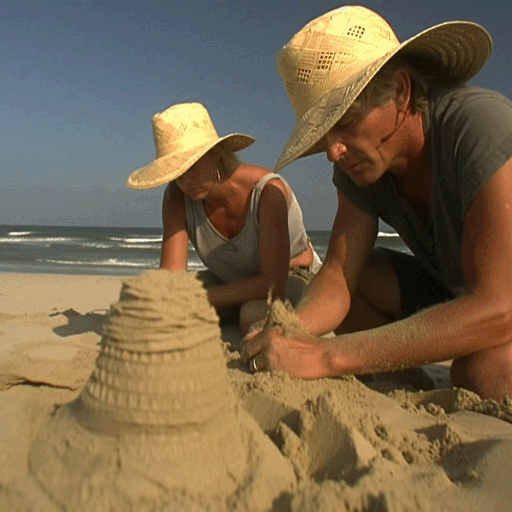
With Stable Diffusion:
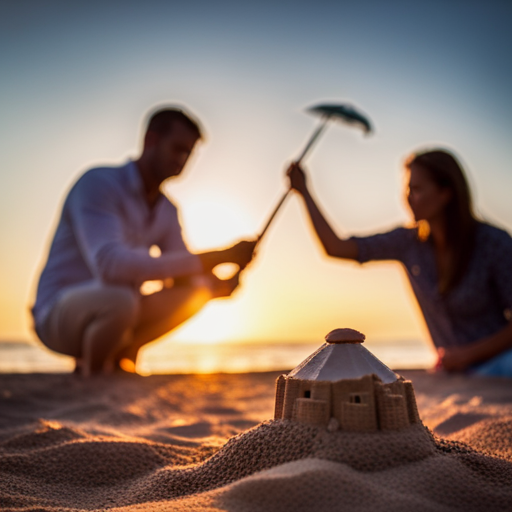
Emotional keywords: excitement, creativity, intimacy, distance, isolation, and versatility.
Crane shot
With a crane shot, the camera is suspended from the ceiling or the ceiling of a building, allowing for fluid and dramatic pans and tilts. This technique is frequently employed to display a setting or to follow a subject at a safe distance.
Crane shots can be used to depict the environment or to follow the subject from a distance, and they allow for sweeping and dramatic movements.
The height, angle, and movement of the camera during a crane shot allow for a wide range of effects to be achieved. Example: a low, sweeping crane shot might evoke feelings of grandeur and majesty, while an overhead crane image can convey feelings of distance and detachment.
Crane shots are effective for portraying the scene’s emotions and mood, and they can be employed in a wide range of genres, from drama and action to humor. Crane shots can have quite diverse effects depending on the camera’s angle and distance from the subject, therefore careful planning and movement of the camera and framing of the photo is essential.
A crane shot is of limited use for AI Art, the AI will either create images of a crane (bird) or an image how a crane shot might look from the director perspective.
Base prompt - with crane shot:
Cinematic shot crane shot: Soaring above a bustling cityscape, capturing its vibrant energy and diverse architecture.
With Midjourney:
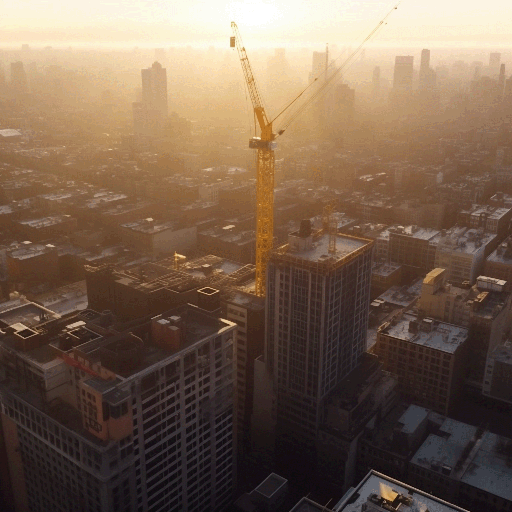
Base prompt - using “high angle long shot”:
Cinematic shot high angle long shot: Soaring above a bustling cityscape, capturing its vibrant energy and diverse architecture.
With Midjourney:
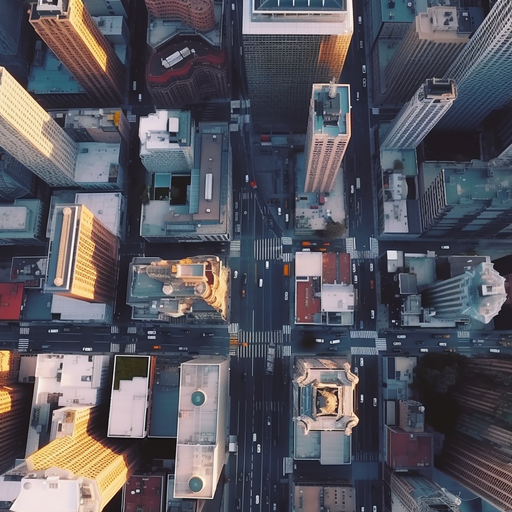
However, that is an aerial view, a crane shot is use to show scene from above, trying to use another prompt:
Cinematic high angle medium shot: Revealing a lavish ballroom, dancers twirling in harmony, amidst opulent surroundings.
With Midjourney:
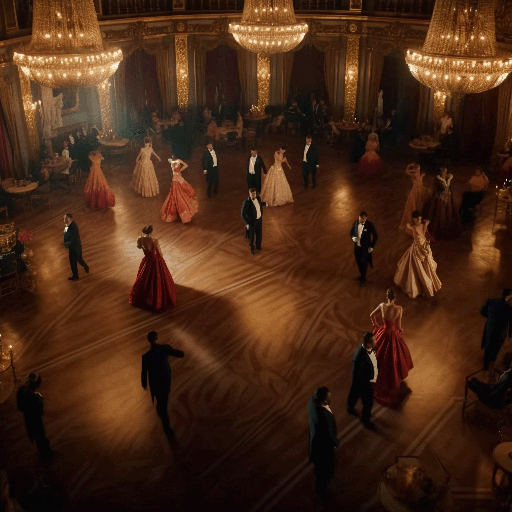
Crane shot is a camera position but it is also a concept, the AI will try to put a “crane” into the image, the AI does not understand a crane shot as such.
However, the prompt works describing the scene and understanding that a “crane shot” can also be described as a “high angle medium shot”.
With Stable Diffusion:
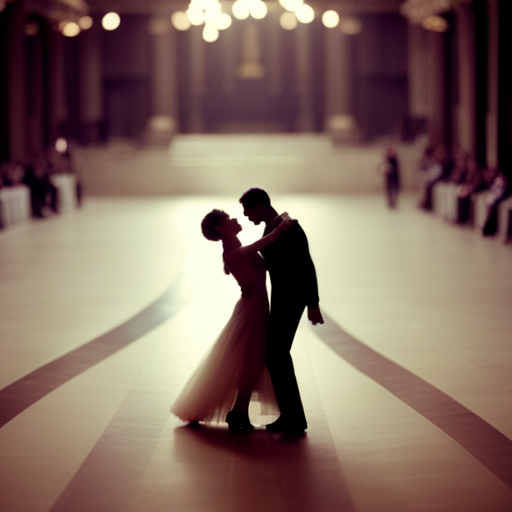
Emotional keywords: fluidity, drama, grandeur, majesty, distance, detachment, mood, careful planning.
Tracking shot
A tracking shot is achieved by following the subject with a camera that is mounted on a dolly. As such, it is possible to track the subject and display their environment.
In order to generate a sensation of mobility and bring the spectator into the scene, tracking shots can be utilized to follow the subject and display their surrounds.
According to the pace and direction of the movement, tracking shots can be used to provide different effects. For instance, a quick tracking shot might evoke feelings of enthusiasm and energy, whereas a slow tracking shot can evoke feelings of tension and suspense.
Drama, action, and comedy are just a few examples of genres that might benefit from the usage of tracking shots, which can help create a feeling of motion and portray the emotions and mood of a scene. When using tracking shots, the angle and distance of the camera from the subject can have a huge impact on the effect the photo has.
Like the “crane shot” a tracking shot can be understood as a concept. A tracking shot is used to show energy and tension. Tracking shots do not make sense for any scene.
Base Prompt - describing tracking shot as “medium angle eye level shot”:
Cinematic medium angle eye level shot: Weaving between dancers at a lively party, conveying exhilaration and infectious energy.
With Midjourney:
![]()
With Stable Diffusion:
![]()
Emotional keywords: mobility, sensation, enthusiasm, energy, tension, suspense, motion, emotions, and mood.
Aerial View
Aerial shots are those that provide the impression of looking down on a scene or landscape from above. Aerial photography offers a fresh perspective on a topic because it is typically shot from a helicopter, drone, or towering building. Viewing a landscape from above can convey a sense of size or grandeur, as well as the topography or geography of a certain place.
They can also be employed to set the audience apart from the story’s protagonist. To provide viewers an overall perspective of a setting or event, aerial shots are frequently employed in movies and TV shows.
Base prompt:
Cinematic high angle long shot: Sprawling music concert, capturing the excitement of thousands cheering in unison.
For Midjourney:
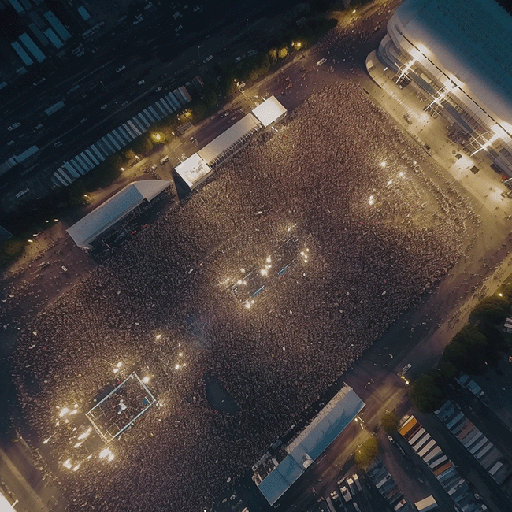
The prompt needs to be adjusted for Stable Diffusion:
Cinematic high angle long shot: Sprawling music concert, capturing the excitement of thousands cheering in unison, high angle long shot
For Stable Diffusion is still not exactly like expected:
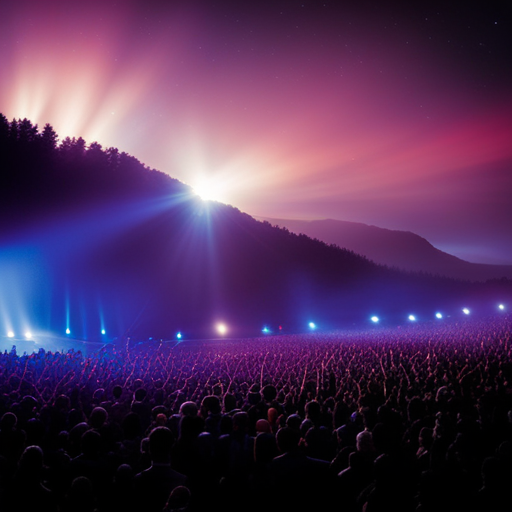
Emotional keywords: awe, wonder, curiosity, detachment, grandeur, perspective, size, and overall view.
Steadicam shot
This is a Steadicam shot, where the camera is mounted to a device that lets the operator to freely walk around while the camera remains steady. You can use this to take steady hand-held photographs or to track a subject through difficult surroundings.
A Steadicam can be used to take steady handheld images or to follow a subject around in a busy setting.
Different effects can be achieved with Steadicam shots by changing the speed and direction of the movement. You can convey feelings of excitement and energy with a fast Steadicam shot, or convey feelings of closeness and connection with a leisurely Steadicam shot.
Steadicam shots can be utilized effectively to create a sense of motion and to portray the emotions and mood of a scene in a wide range of genres, from drama to action to comedy. Steadicam shots can have quite diverse effects depending on the angle and distance of the camera from the subject, therefore it’s necessary to think about the positioning and movement of the camera and the framing of the shot.
Base Prompt (from low angle example):
low angle steadycam shot of a car front on a highway, southern west of USA, cinematography, still, very detailled, sharp
For Midjourney:
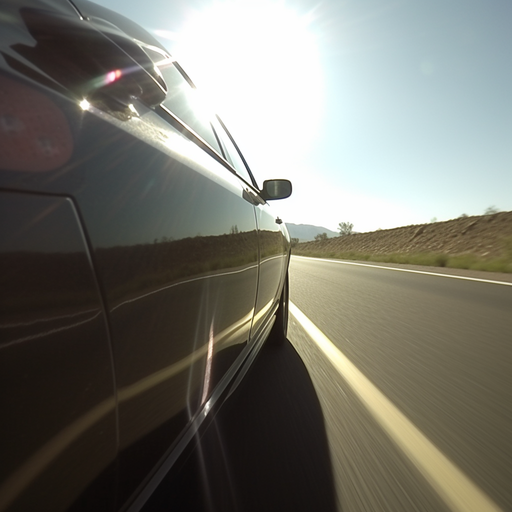
For Stable Diffusion:
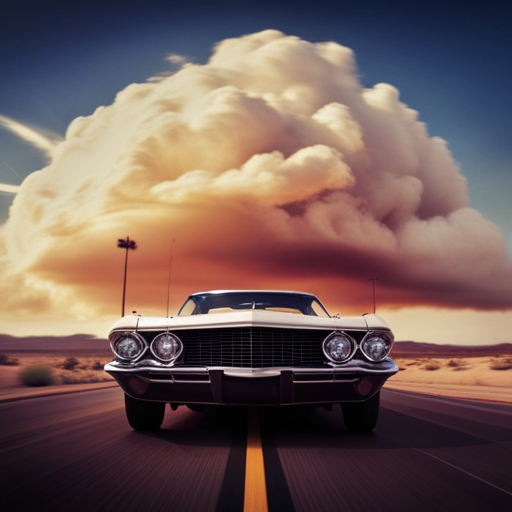
Creating steadicam shots with Midjourney is getting simpler using a prompt template, to get a better idea, it may be simpler to use low angle shot instead of steadicam, because Midjourney or Stable Diffusion might create images showing the camera.
A typical steadicam shot is often done with a low angle, Midjourney prompt template:
low angle shot of a car front on a highway, southern west of {USA, Europe, Italy}, cinematography, still, very detailled, sharp
For USA - Midjourney:
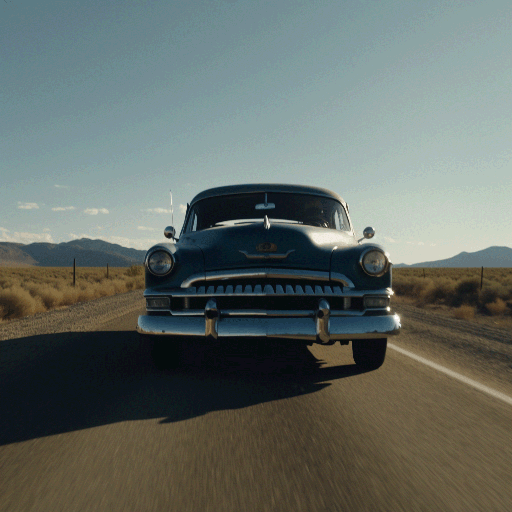
For Italy - Midjourney:
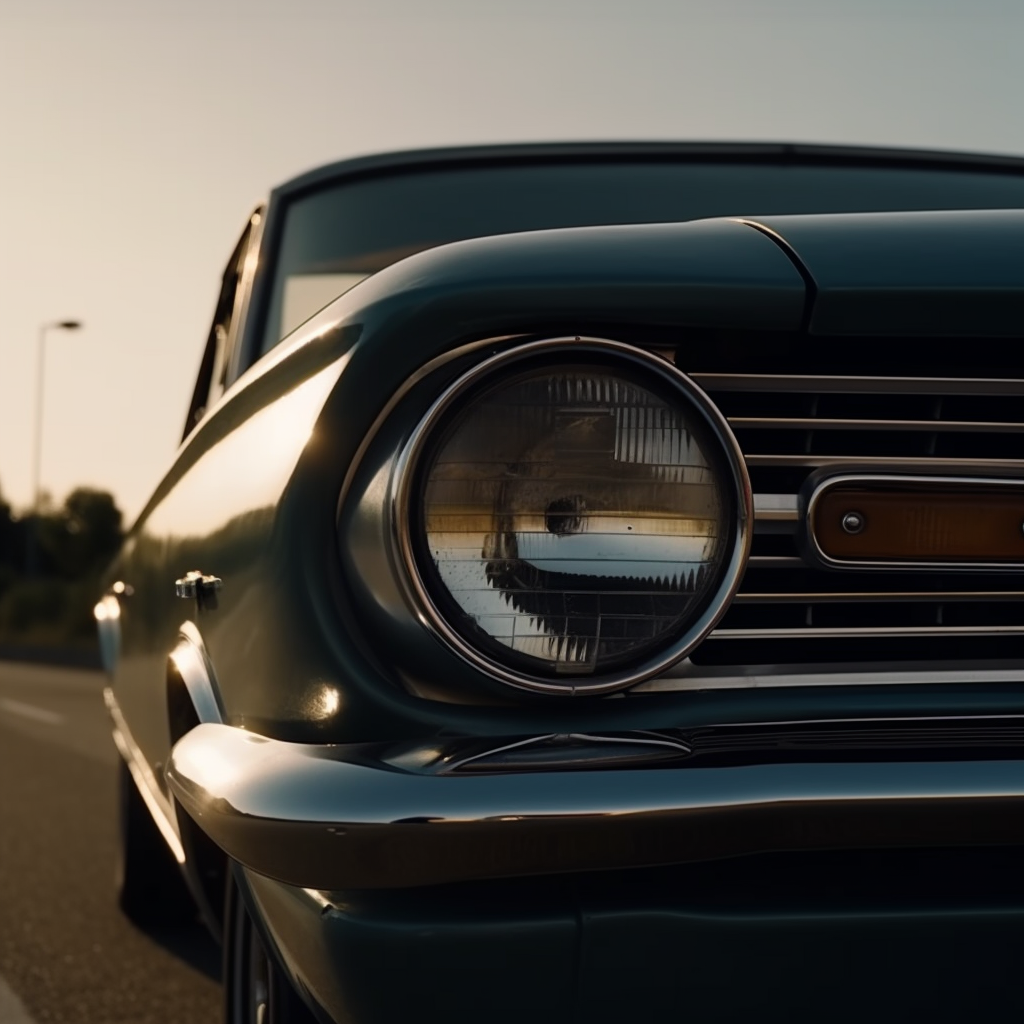
Emotional keywords: steadiness, freedom, excitement, energy, closeness, connection, motion.
Camera Distance
The term “camera distance” is employed in both cinematography and photography to denote the physical separation between the camera and the subject.
By altering the camera’s distance from the subject, the viewer’s experience of the image can be significantly transformed, affecting perception and emotional response.
Extreme Long Shot
An extreme long shot is one that is taken at a vast distance in order to put the subject in context with its surroundings. It’s a common device for establishing the stage of a scene.
The purpose of a wide view, often called an establishing shot, is to place the person in their environment. As such, it is frequently utilized at the outset of a scene or sequence to set the stage. The viewer can get a feel for the environment, the time of day, and the weather from an extremely long shot. In addition to adding aesthetic value, this technique can aid in giving the observer a sense of location. Extensive long shots aren’t just useful for setting the scene; they may also be utilized to emphasize a scene’s beauty or grandeur by emphasizing its size or scope.
Base Prompt:
Cinematic scene - extreme long shot: Couple surfing, beach, exhilarating, vibrant waves, seagulls, onlookers, sun-soaked shoreline.
For Midjourney:
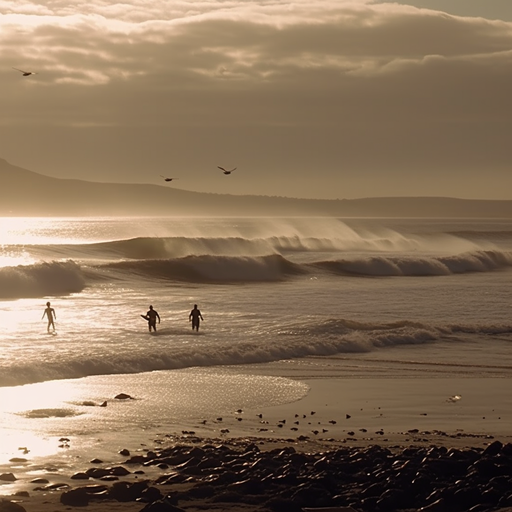
For Stable Diffusion:

Emotional keywords: vastness, context, environment, feel, aesthetic value, location, beauty, grandeur, size, and scope.
Long Shot
A long shot is one in which the entire subject, from head to toe or from the waist up, is in view. It’s a common way to display the person’s nonverbal cues and expressions.
A long shot taken from afar can imply a greater physical or emotional distance between the subject and the spectator than a close-up photo taken from a closer range would. The size, significance, and relative position of the topic in the frame can all be altered by adjusting the camera’s distance. Combining multiple camera distances is a common practice among filmmakers since it allows for a more dynamic and engaging visual experience while still conveying the intended feeling or tone of a scene.
Base prompt:
Cinematic scene - long shot: Couple strolling, beach sunset, gentle waves, seagulls, distant lighthouse, holding hands, footprints in sand.
With Midjourney:
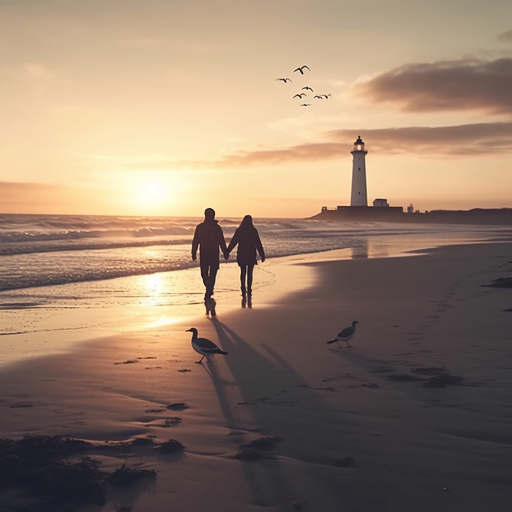
With Stable Diffusion:
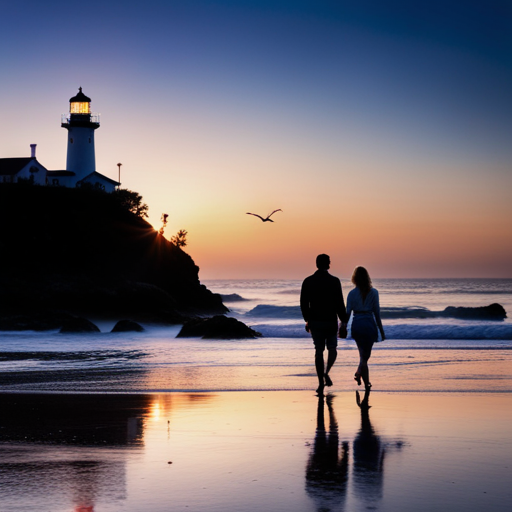
Emotional kexwords: distance, nonverbal cues, expressions, physical distance, emotional distance, significance, position, dynamic, engaging, feeling, and tone.
Mid-shot or medium shot
If you want to show your subject from the waist up, you’re looking at a medium picture, or mid-shot.
Character and emotional development can be conveyed through the inclusion of the upper body and head. As the audience can observe the speaker’s face expressions and movements in addition to their upper body, the medium shot is frequently utilized in dialogue scenes. It’s also a common way to depict dialogue between multiple actors in a scenario. Medium shots often place the top of the subject’s head at or near the top of the frame and end at or below the waist.
Emotional keywords: character development, emotional development, face expressions, movements, dialogue scenes, depiction, and multiple actors.
Close-Up
A close-up is a zoomed-in, up-close image of an object, such as a person’s face or torso.
To express one’s feelings or draw attention to something particular are common uses. Being able to see a character’s facial expressions and reactions in great detail makes close-ups a powerful tool for revealing that character’s thoughts and feelings. It is common practice to employ close-ups to highlight an important detail, such as a character’s hands while they do a task or their eyes as they react. By focusing on a small area of the image, close-ups can make the spectator feel closer to the action and make the scene feel more immediate.
Base prompt, combining eye level with close-up:
cinematic scene - eye level shot: a couple is looking over the beach, close up eye level shot, in front of the couple
With Midjourney:
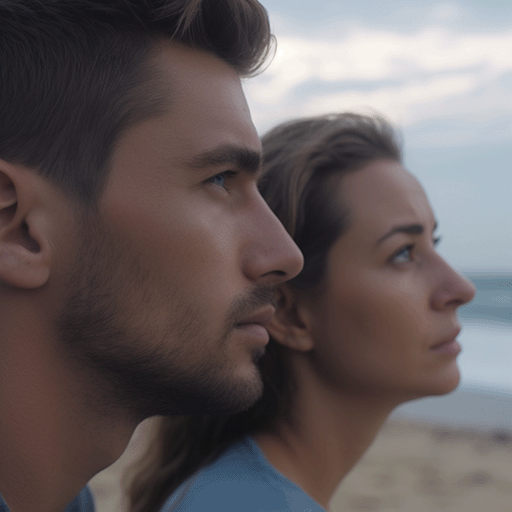
Different prompt for Stable Diffusion (SDXL model, April 2023):
A close up portrait of couple looking over the beach
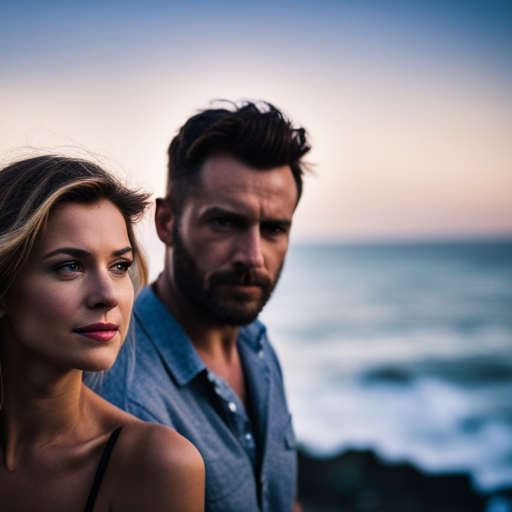
Emotional keywords: empathy, connection, understanding, communication, development, expression, engagement, drama, and interaction.
Extreme Close-Up
A close-up that zooms in on a tiny section of the subject to reveal minute, minute details is called an extreme close-up.
It’s a common technique for drawing attention to a particular facet of a character’s appearance, like their eyes, mouth, or hands. Close-ups are sometimes utilized to emphasize a certain aspect of a subject or to highlight details that might otherwise be lost in a wider shot. Effectively expressing feeling or meaning, they can also create a sense of closeness or immediacy between the viewer and the subject. Blending extreme close-ups with other picture types like close-ups and medium shots can make for a more dynamic and interesting viewing experience.
Base Prompt:
cinematic scene - extreme close up: a bird flies over the beach
With Midjourney:
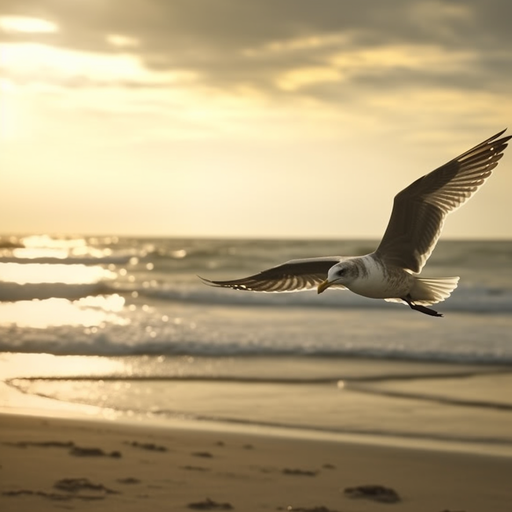
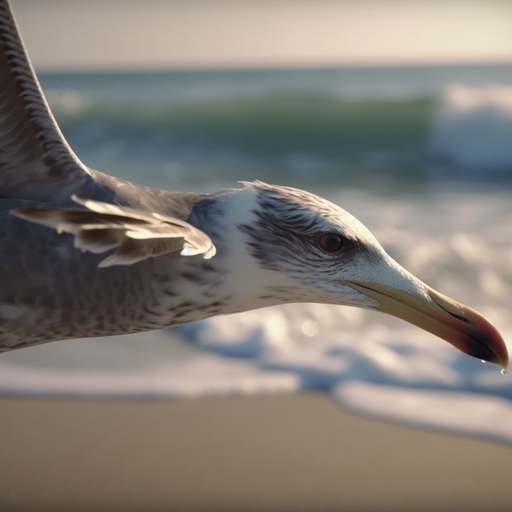
With Stable Diffusion:
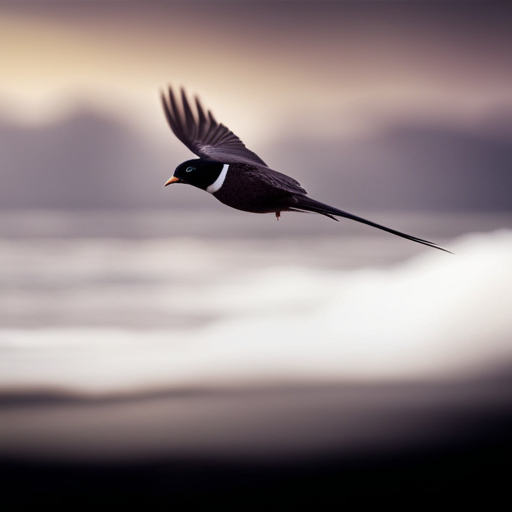
With Dall-E 2:
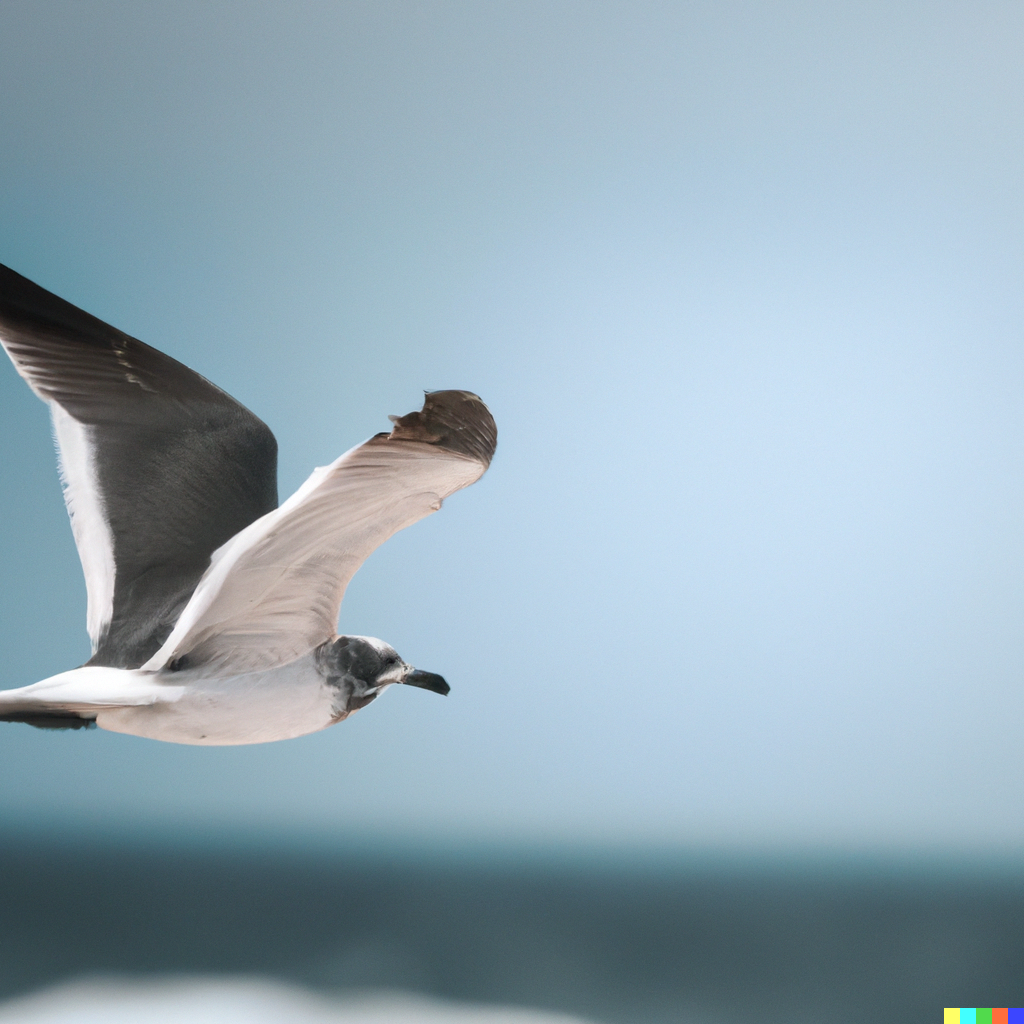
Note: Seagulls are not mentioned in the prompt, but Midjourney and Dall-E 2 generate a “seagull” for “a bird flies over the beach.“ The reason is that seagulls are the most common birds on the beach. That’s how the AI derives a context from a text prompt, by probabilities. The attempt to force the AI to imagine something very unlikely will always be unstable. You could say that there are areas where that latent space is thin.
Emotional Keywords: attention, detail, emphasis, feeling, meaning, closeness, immediacy, and interest.
Camera Positions and Distances, Emotional Matrix
| Camera Position | Extreme Long Shot | Long Shot | Mid-shot | Close-Up | Extreme Close-Up |
|---|---|---|---|---|---|
| Eye Level | Context, Scale | Connection, Engagement | Empathy, Engagement | Intimacy, Focus | Intensity, Focus |
| High Angle | Vulnerability | Powerlessness, Submissiveness | Inferiority, Weakness | Dominance, Control | Intimidation |
| Low Angle | Awe, Grandeur | Strength, Authority | Superiority, Power | Imposing, Heroic | Dominance, Power |
| Over the Shoulder | Connection, POV | Interaction, Dialogue | Proximity, Connection | Reaction, Emotion | Intensity, Focus |
| Dolly Shot | Movement, Scope | Connection, Progress | Intimacy, Motion | Engaging, Dynamic | Focus, Detail |
| Crane Shot | Sweeping, Grand | Scale, Environment | Movement, Drama | Dramatic, Fluid | Majestic, Aerial |
| Tracking Shot | Motion, Energy | Tension, Suspense | Mobility, Connection | Excitement, Action | Intensity, Detail |
| Aerial View | Grandeur, Scale | Context, Overview | Perspective, Geography | Distance, Detachment | Isolation, Focus |
| Steadicam Shot | Stability, Motion | Smoothness, Engagement | Connection, Intimacy | Energy, Excitement | Detail, Clarity |
Please keep in mind that the Tracking shot and Steadicam shot are both motion-based camera positions that may not be directly applicable to still images. As a result, they are marked as N/A in the table.
Conclusions
Understanding and using camera positions effectively in AI-generated art and storytelling can greatly improve the visual and emotional impact of your creations. While some cinematic camera positions are not directly applicable to still images, many can be used to create expressive and engaging AI art. You can create more diverse and compelling visual narratives by experimenting with different camera positions and distances.
Remember that not all combinations will work, and some camera positions may be better suited for specific scenarios or platforms. Furthermore, because Generative AI is still primarily focused on still images, motion-based camera positions may be less important. Incorporating camera positions in your AI-generated art and storytelling, on the other hand, can help you create more captivating and emotionally resonant visuals that draw your audience into your narrative world.
Mastering camera positions will allow you to add a new layer of creativity and expression to your AI art and Generative AI projects.


